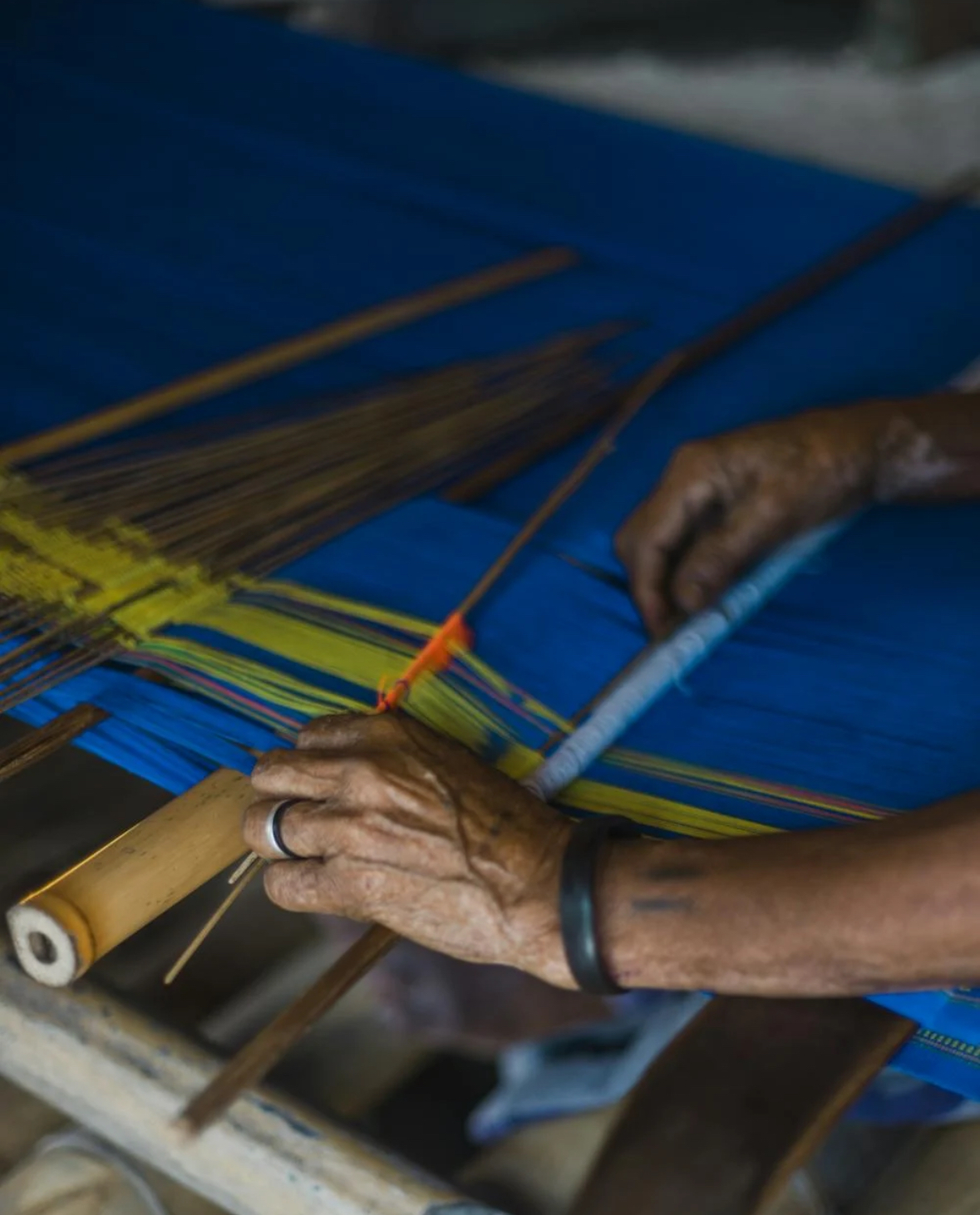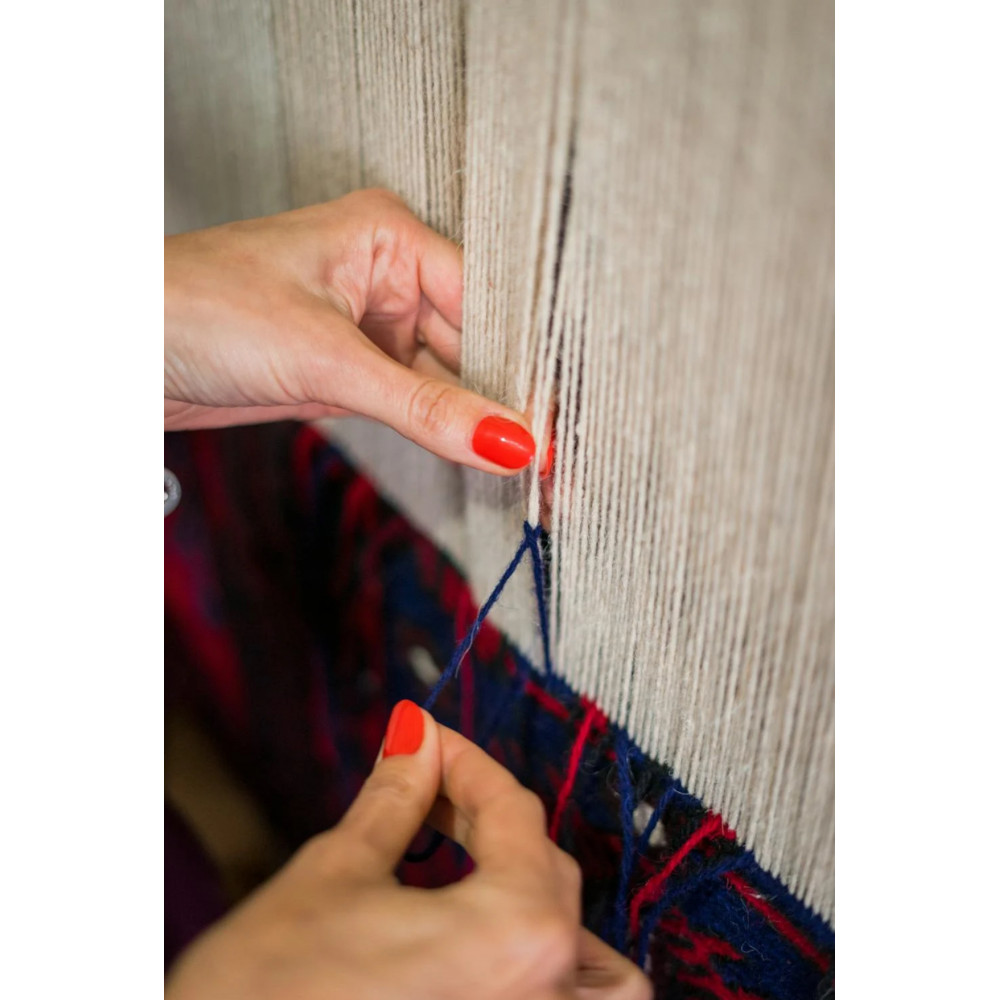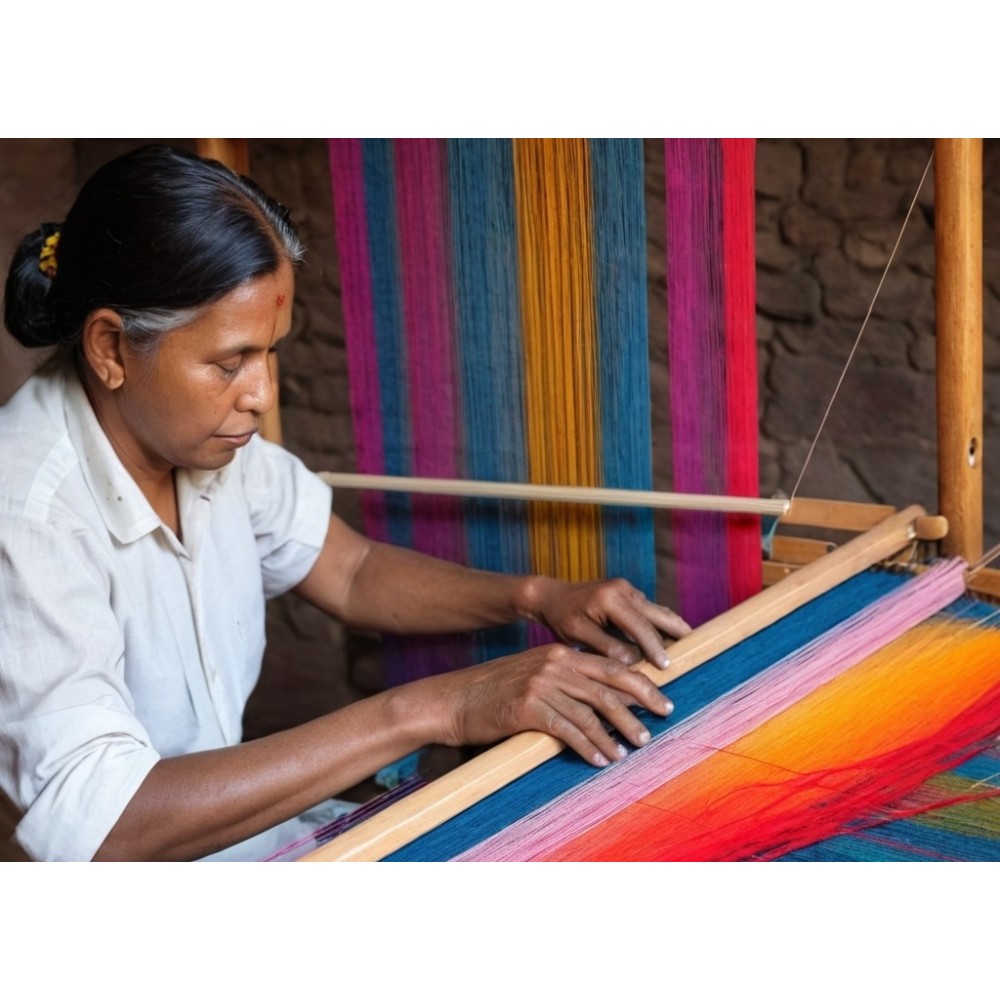Handloom weaving is an ancient and skilled craft that plays a crucial role in cultural preservation and economic sustenance, particularly in rural areas. However, despite its significance, weavers often do not receive the appreciation they deserve. Here are several reasons why weavers are under-appreciated, along with an in-depth exploration of each point:
1. Lack of Awareness and Recognition
1.1. Insufficient Knowledge About Handloom Products
- Many people are unaware of the skill and effort involved in handloom weaving. They often do not distinguish between handloom and machine-made textiles.
- The intricate techniques, historical significance, and cultural value of handloom products are not well-publicized, leading to a lack of appreciation.
1.2. Limited Exposure and Marketing
- Handloom weavers often lack the resources to market their products effectively.
- Without exposure to larger markets, their work remains confined to local communities, reducing their visibility and recognition.
2. Competition from Mechanized and Mass-Produced Textiles
2.1. Cost and Availability
- Machine-made textiles are produced on a larger scale, making them cheaper and more readily available.
- Consumers often opt for these cheaper alternatives, unaware of the unique qualities and craftsmanship of handloom products.
2.2. Perceived Value
- There is a perception that handloom products are less durable or less fashionable than their machine-made counterparts.
- This misconception leads to a preference for mass-produced textiles, overshadowing the value of handloom products.
3. Economic and Social Challenges
3.1. Low Wages and Inconsistent Income
- Many weavers face economic hardships due to low wages and inconsistent income.
- The financial instability discourages new generations from taking up the craft, leading to a decline in the number of skilled weavers.
3.2. Social Status
- Weaving is often seen as a low-status occupation, which affects the social standing of weavers within their communities.
- This perception further diminishes the appreciation and respect for their work.
4. Cultural Shift and Changing Consumer Preferences
4.1. Modern Lifestyle Preferences
- The modern consumer often prefers fast fashion and trendy, machine-made clothing.
- This shift in consumer preference undermines the demand for traditional handloom products.
4.2. Loss of Traditional Knowledge
- As younger generations migrate to urban areas in search of better opportunities, traditional weaving knowledge is not passed down.
- The cultural significance and appreciation for handloom weaving diminish over time.
5. Lack of Support and Policy Implementation
5.1. Insufficient Government and Institutional Support
- While there are policies aimed at supporting handloom weavers, implementation often falls short.
- Weavers do not receive adequate financial aid, training, or access to markets, which limits their ability to thrive.
5.2. Inadequate Infrastructure
- Poor infrastructure, such as lack of access to quality raw materials and modern tools, hampers the productivity and quality of handloom products.
- This lack of support further diminishes the competitiveness and appreciation of handloom weaving.
6. Limited Educational and Skill Development Opportunities
6.1. Lack of Formal Education and Training
- Many weavers lack formal education and access to training programs that could help them improve their skills and market their products effectively.
- Without education and training, weavers struggle to innovate and adapt to changing market demands.
6.2. Need for Business and Marketing Skills
- Beyond weaving, there is a need for weavers to develop business and marketing skills to reach larger audiences.
- Providing comprehensive training programs can empower weavers to manage their businesses more effectively and gain the recognition they deserve.
Conclusion
Handloom weaving is a valuable cultural heritage and a vital economic activity for many rural communities. However, weavers often do not receive the appreciation they deserve due to a lack of awareness, competition from mechanized textiles, economic challenges, cultural shifts, insufficient support, and limited educational opportunities. By addressing these issues, we can help elevate the status of weavers, ensuring they receive the recognition and respect their craft truly deserves. Embracing and supporting handloom weaving not only enriches our cultural tapestry but also strengthens the economic fabric of rural societies.




